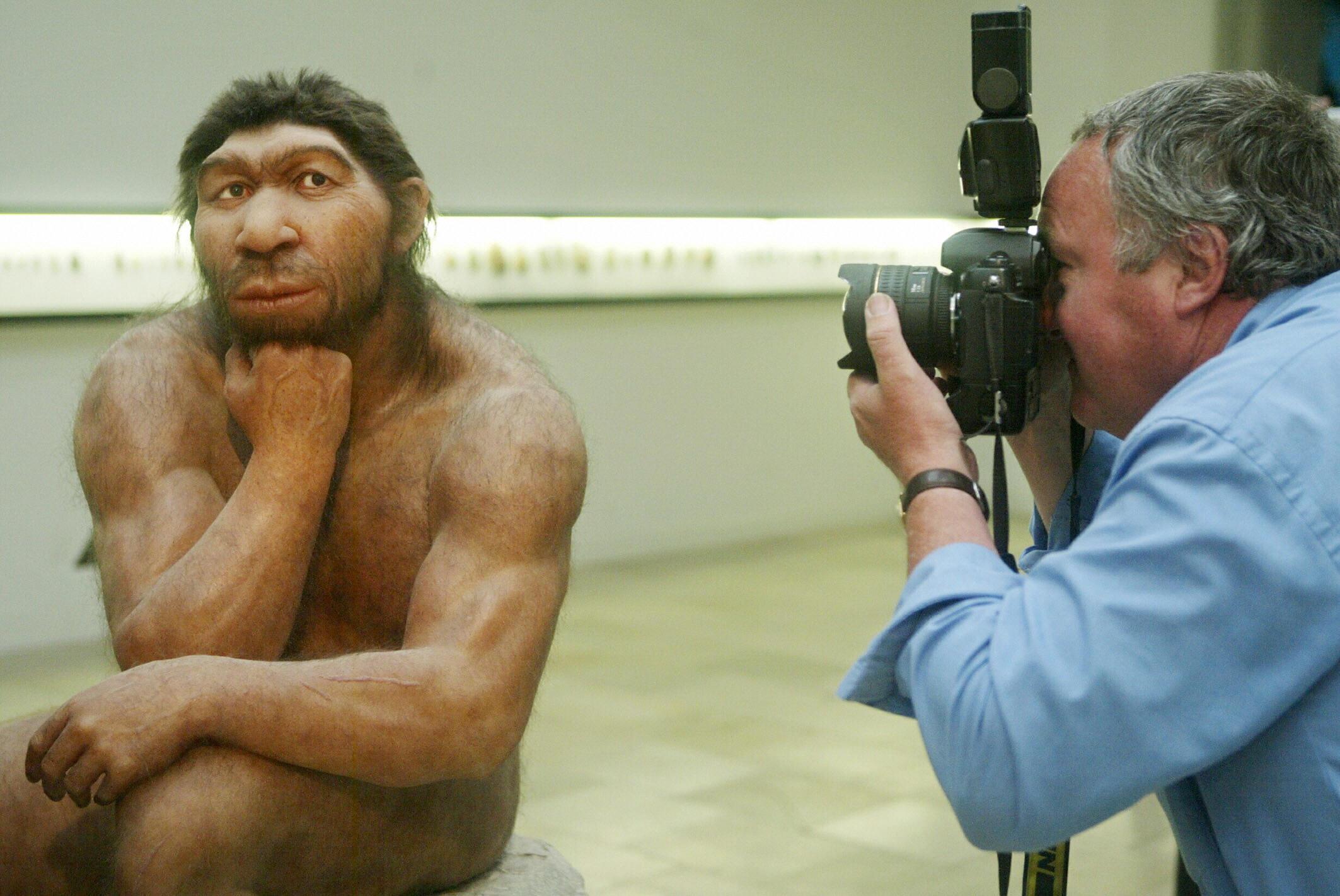Everybody poops. As modern humans, our inclination is to flush it away, but luckily for archeologists, there was no plumbing in the Paleolithic era. As reported in a new PLOS ONE paper, researchers analyzed 50,000-year-old feces for clues about what Neanderthals ate.
Remnants of the ancient poop were embedded in soil collected at El Salt, a Neanderthal gathering place in Alicante, Spain. The study’s lead author, Ainara Sistiaga, collected samples from the area and brought them back to her lab for inspection. “Only after analysis can we know if it was feces or not,” says Sistiaga. Specifically, she checked for coprostanol, a biomarker that is produced when cholesterol is digested. Because humans are able to break down more cholesterol than other animals, Sistiaga knew that if she found high levels of coprostanol, she would know the sample contained early human feces. She also looked for 5B-stigmastanol, the result of digesting plants. Sistiaga found both. The proportions of coprostanol to 5B-stigmastanol suggested that Neanderthals ate mostly meat, but they ate their vegetables as well.
This is the latest evidence suggesting that Neanderthals were omnivorous. This is a recent shift: Archaeologists formerly characterized Neanderthals as carnivorous. Previous studies of Neanderthal diets have been based on less direct evidence than fecal matter. One method researchers tried was looking for carbon and nitrogen isotopes in Neanderthal bone fragments, but this type of analysis indicates the proteins in meat Neanderthals ate, not the plants in their diets. Other researchers analyzed microfossils found in Neanderthal teeth and saw traces of plant matter. This wasn’t conclusive evidence for Neanderthals’ omnivorous habits, either; the plants could have gotten stuck in Neanderthal teeth from indirect sources, like eating animals that ate plants.
Neanderthals, or Homo neanderthalensis, shared a common ancestor with us Homo sapiens. Some of us even have Neanderthal ancestors; recent research suggests that the two species mated. Though this work cannot give us any direct information about early Homo sapiens, it may help us understand changes both species experienced in their evolutionary histories. One major development was the discovery of fire around 2 million years ago, which researchers think led to more meat eating. Homo bodies must have had to adapt to the effects of eating fatty, cholesterol-rich foods. “They probably weren’t prepared for such a high meat intake,” says Sistiaga. Now Sistiaga and her colleagues are moving on to feces from gorillas and chimps, our fellow great apes, for clues about how our bodies metabolized omnivorous diets.
Studying poop may not sound glamorous, but it’s a unique window into ancient human history. “Sometimes we focus on artifacts,” says Sistiaga of her fellow archeologists. “But there’s lots of important information related to organic activities in the soil.” One can only imagine the horror of archeologists thousands of years from now when they discover what we’re eating now.
